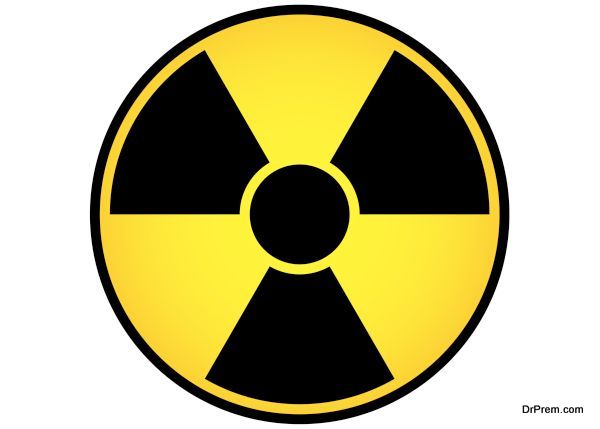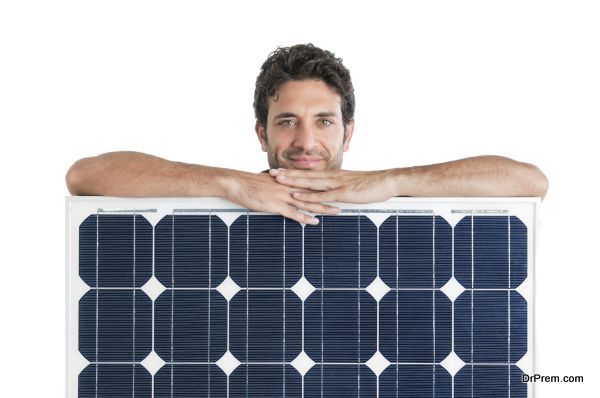While solar comes with its pros and cons, it is still the largest contender as far as the replacement of nuclear energy sources is concerned. The cost of solar is dropping fast and its installation is getting easier. On the other hand, several countries run many of their space operations based on nuclear power.
Such countries have assumed that nuclear is the only way to future, after the fossil fuels are depleted. However, solar is still catching up quickly while nuclear is facing several criticisms. Check out some reasons why solar may phase our nuclear on Earth, as well as in the space.
Conventional nuclear is already out

While solar is a clean energy source, conventional nuclear is already on the decline because of its possible dangerous use. This majorly refers to uranium fission. While nuclear is cool for certain operations, it is costly. Thus, its use is even causing a heavy burden on rich countries. Thus, many have been looking for an alternative that strongly comes in the form of solar. On the other hand, nuclear also comes with its safety and obsolescence risks. Therefore, investment in nuclear is going down to a large extent.
Nuclear can be catastrophic

Whether on Earth or in space, there have been several catastrophic incidents reported due to nuclear reactions and operations. You may have heard of several nuclear incidents and leaks in plants. Such incidents are even a danger to human habitation. These incidents can harm the environment in an unimaginable manner. Many countries have been badly hurt by nuclear accidents that happened in the past.
Similar to this, nuclear can also cause destruction in space. In 1964, an American satellite fell back to Earth. It carried plutonium in it that widely dispersed on its fall. In 1978, another incident happened with a Soviet satellite that had an atomic reactor broken up. Its debris had spread all over Northwest Canada. Thus, the negative impact of nuclear is leading to some new thoughts of using solar instead.
Solar is safe and feasible for space

While NASA has been making continuous use of nuclear, European Space Agency has started sending solar-powered satellites into space. An example is the Rosetta space probe that is installed with solar panels to power all its onboard subsystems and instruments. It runs on a technology known as Low-Intensity Low Temperature Cells. Thus, solar energy can even be harnessed in the deep. Now, several other agencies have begun following the solar path.
Looking at the high cost and possible dangers of nuclear, solar is fast becoming a great alternative for many space agencies, as well as countries on Earth.




